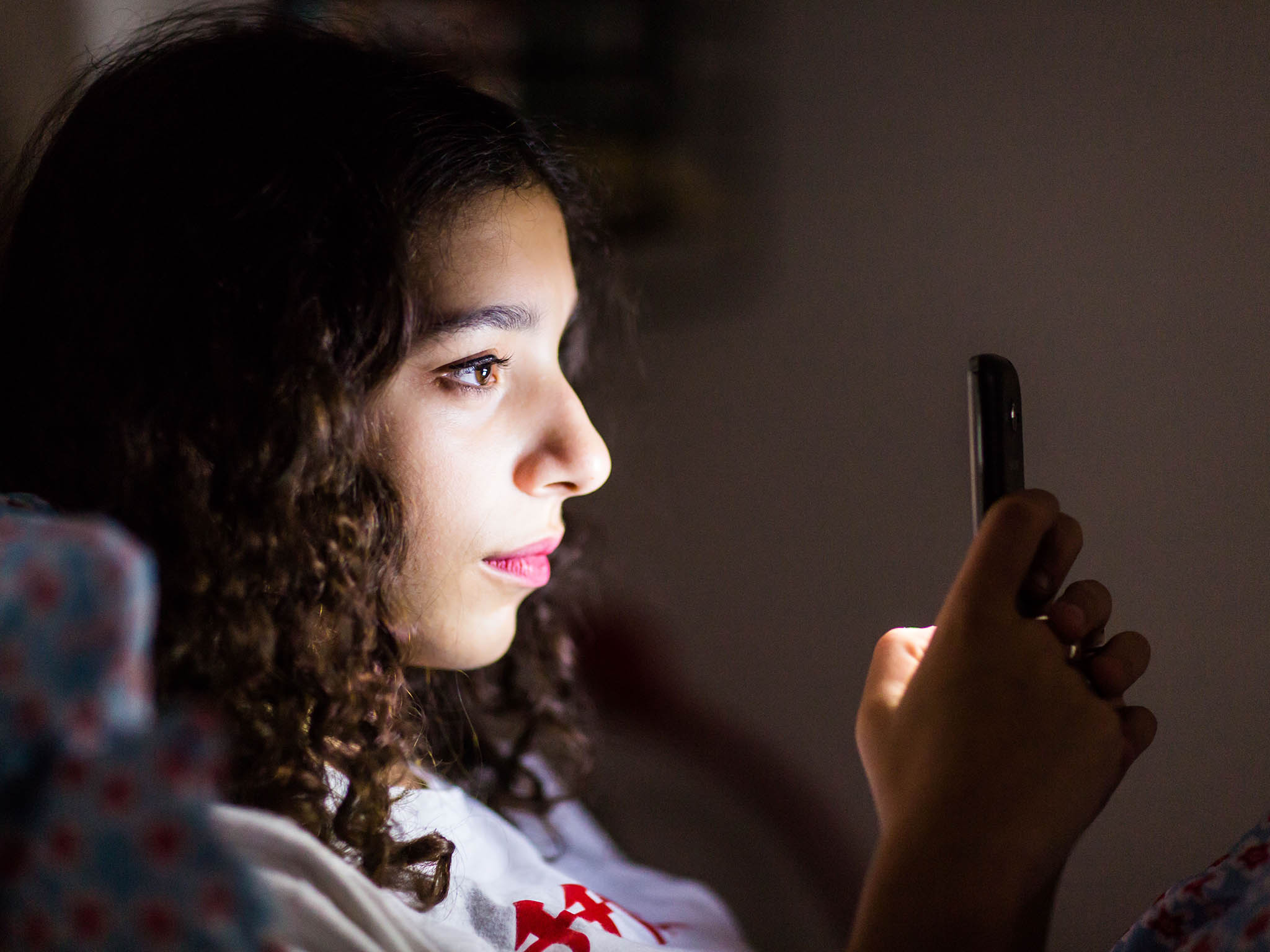How to get a good night's sleep
Study backs up previous research suggesting smartphone use disrupts sleep

Your support helps us to tell the story
From reproductive rights to climate change to Big Tech, The Independent is on the ground when the story is developing. Whether it's investigating the financials of Elon Musk's pro-Trump PAC or producing our latest documentary, 'The A Word', which shines a light on the American women fighting for reproductive rights, we know how important it is to parse out the facts from the messaging.
At such a critical moment in US history, we need reporters on the ground. Your donation allows us to keep sending journalists to speak to both sides of the story.
The Independent is trusted by Americans across the entire political spectrum. And unlike many other quality news outlets, we choose not to lock Americans out of our reporting and analysis with paywalls. We believe quality journalism should be available to everyone, paid for by those who can afford it.
Your support makes all the difference.A study by US university researchers has added to the growing body of evidence that the greater amount of time people spend staring at screens the more likely they are to have a poor night’s sleep.
Electronic devices such as mobile phones and tablets emit blue light, which signals to the brain to stop producing melatonin – the substance that prepares the body for sleep by tricking the brain into thinking it’s still daylight.
The research, which was published in the journal Plos One, studied the habits of 635 US adults over a period of 30 days and found the median time spent on a smartphone was 3.7 minutes per hour.
They also measured sleep quality over the same period.
Further data collected relating to 136 of the participants showed that longer average screen-time was associated with poor sleep quality.
The researchers estimated that one minute of time on a smartphone or tablet increased the amount of time it took to fall asleep by a minute and a half.
Gregory Marcus, co-author of the report by the University of California, San Francisco, said although the findings could not confirm “effect-cause” it demonstrates there was a possible link between smart phone use and poor quality sleep.
The link between mobile phone use and sleep was first proposed in 2008 by researchers from the Karolinska Institute and Uppsala University in Sweden.
Writing in the Frontiers in Public Health last year, sleep expert Professor Paul Gringas said at the time that devices should be designed to emit more melatonin-friendly red and yellow light towards the end of the day.
He said: “Hardware should shift blue and green light emissions to yellow and red as well as reduce backlight/ light intensity”.
Join our commenting forum
Join thought-provoking conversations, follow other Independent readers and see their replies
Comments